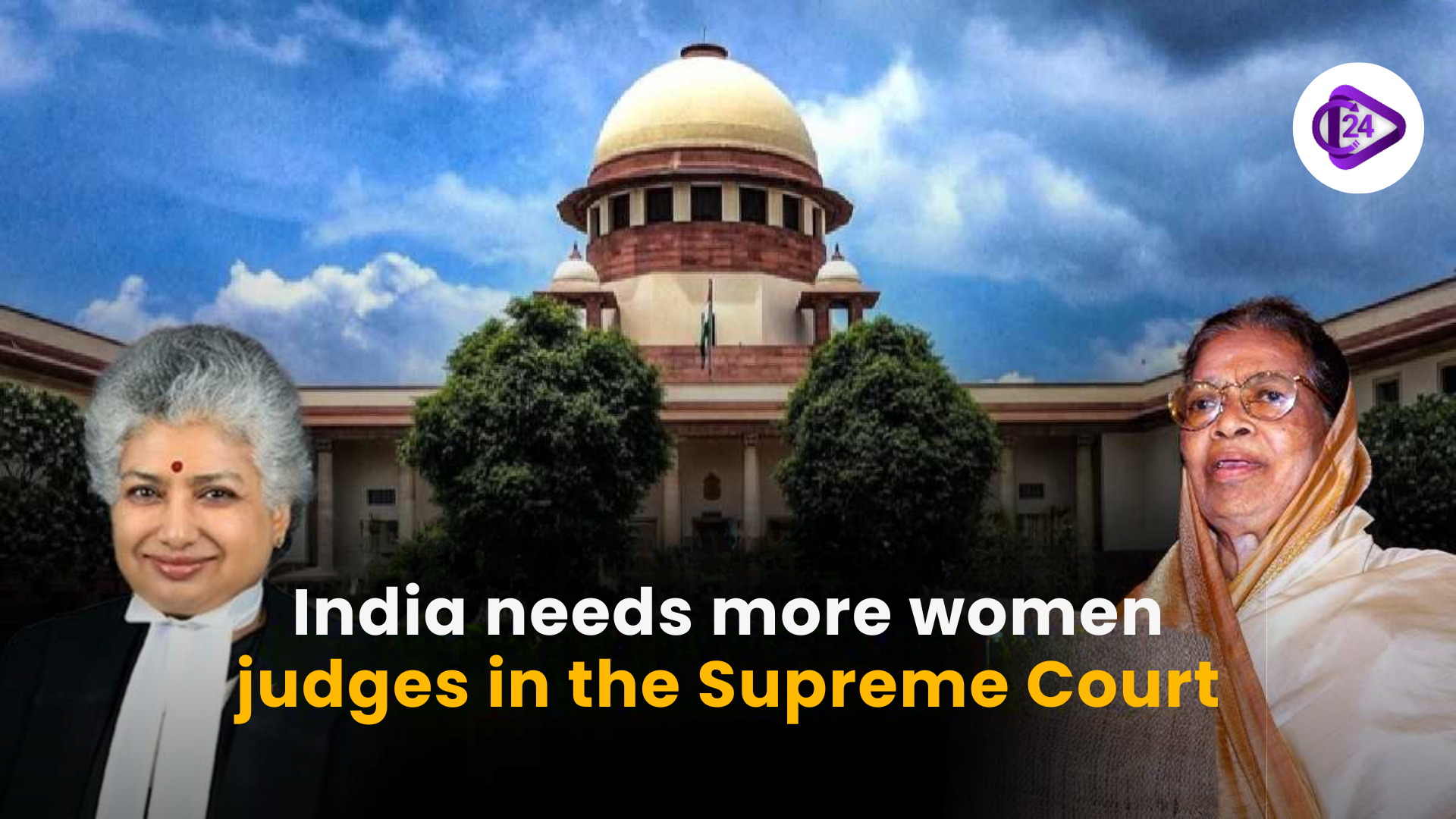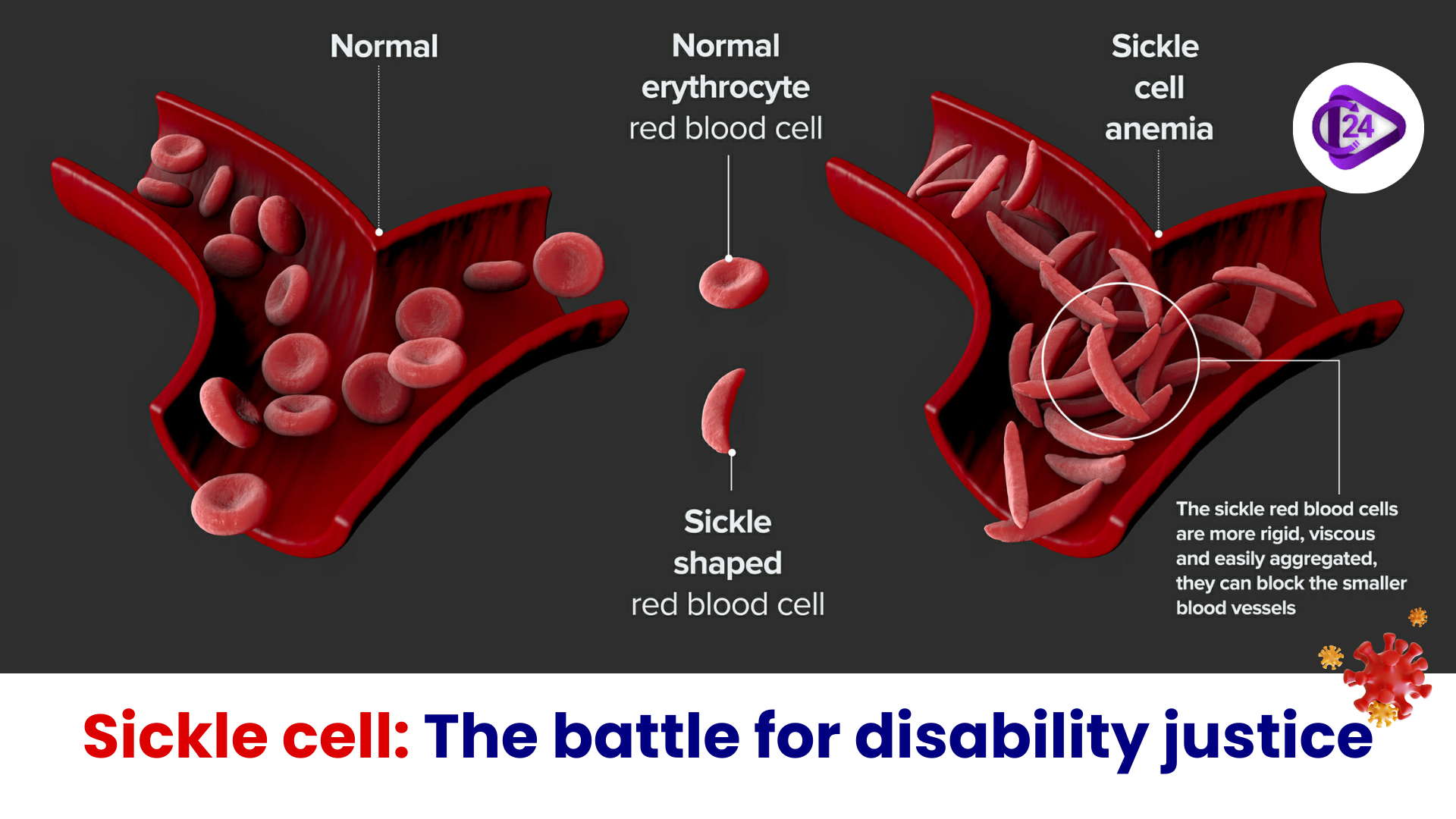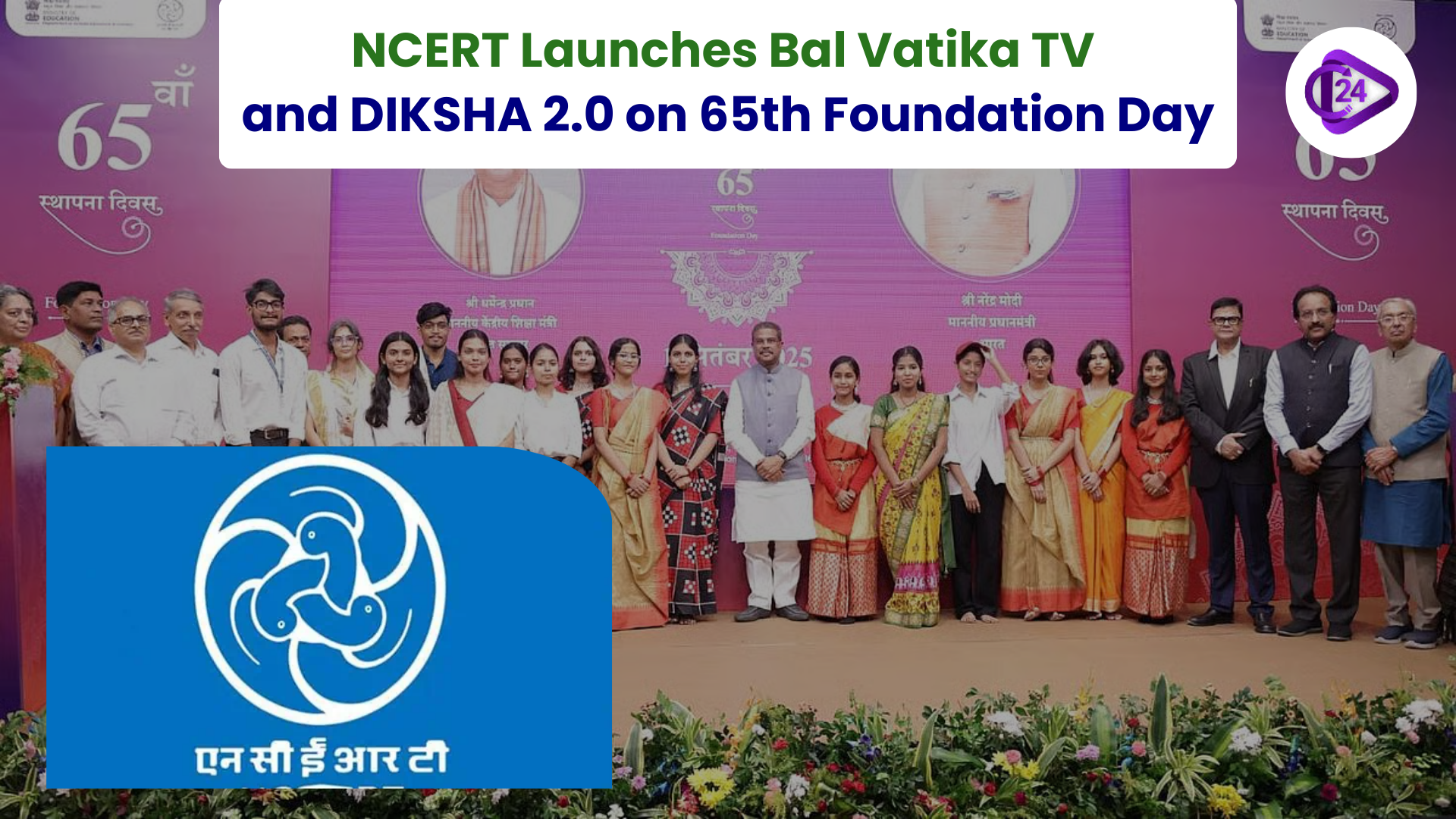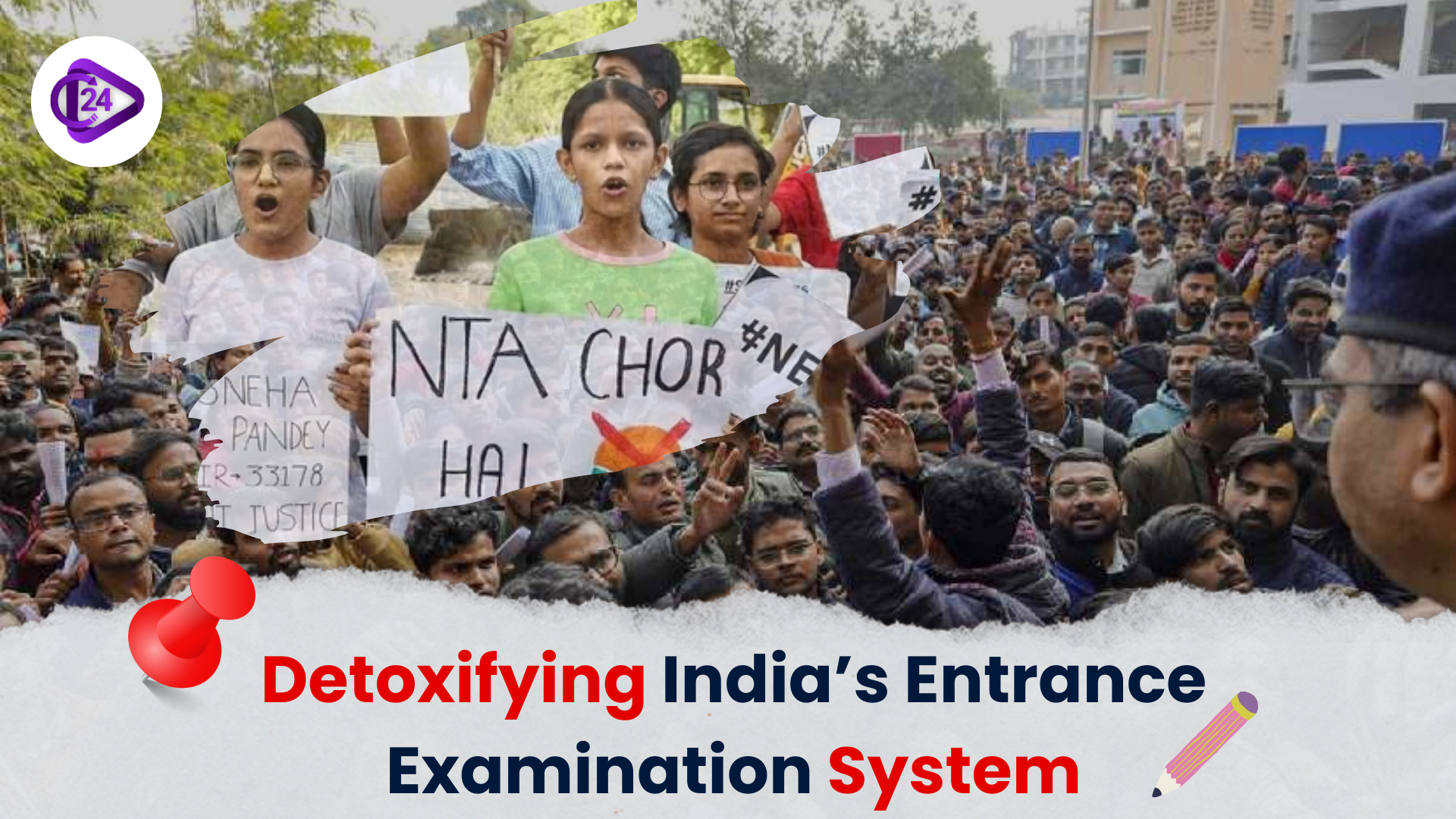
The Vikram 32-bit was the first indigenously developed processor to receive Prime Minister Narendra Modi in Semicon India 2025. Union IT Minister Ashwini Vaishnaw introduced the chip as a symbol of semiconductor development in India. The processor is a highly developed adaptation of the VIKRAM1601 microchip and was designed by the Vikram Sarabhai Space Centre and Semiconductor Laboratory, ISRO. It will find application in ISRO space flights avionics. In addition to the Vikram chip, 31 prototype chips of IITs and NITs were present as well.
What is in News
-
The Vikram 32-bit Launch Vehicle Grade processor became the first Made in India processor received by PM Modi.
-
The chip is a modified form of the indigenous VIKRAM1601 used by the ISRO since 2009 in rockets.
-
Semiconductor manufacturing is becoming a booming sector in India and several semiconductor fabrication plants are currently being developed.
Key Points
About the Vikram 32-bit Chip
-
Originally designed by Vikram Sarabhai Space Centre (VSSC) and Semiconductor Laboratory (SCL), Chandigarh, ISRO.
-
Intended to be used in space and launch vehicle avionics.
-
A faster and more reliable 32-bit architecture based on the previous VIKRAM 1601, 16 bit.
Semiconductor Logo of Atmanirbhar Bharat.
-
India The first processor designed entirely in India that is marked as Launch Vehicle Grade.
-
Offered as a souvenir to PM Modi at Semicon India 2025.
Academic Participation
-
In addition to the Vikram chip, 31 prototype chips of IITs and NITs were incorporated.
-
Designs were donated by institutions like IIT Jammu, IIT Roorkee, IIT Dhanbad, NIT Durgapur, NIT Calicut and IIT Ropar.
Development of Semiconductor Ecosystems.
-
The Semiconductor Mission in India that was initiated 3.5 years ago is bearing fruits.
-
Five new semiconductor lines in process; one pilot line in process.
-
There are two additional units that are going to start production in the near future which will further empower the independence of the supply chain in India.
Conclusion
A milestone in the technological development of the space program in India is the launch of the Vikram 32-bit chip. It is an indication that India is becoming competent in high-technology semiconductor and avionics. The proactive involvement of IITs, NITs and ISRO points to an ecosystem of cooperation in chip innovations. This success reinforces the desire of India to become a global semiconductor hub in the next decade.



 GST Council: Constitutional Provisions and Functions
GST Council: Constitutional Provisions and Functions India’s First Vulture Conservation Portal Launched
India’s First Vulture Conservation Portal Launched India needs more women judges in the Supreme Court
India needs more women judges in the Supreme Court Sickle cell: The battle for disability justice
Sickle cell: The battle for disability justice Census 2027: First Digital Census with Geo-Tagged Buildings
Census 2027: First Digital Census with Geo-Tagged Buildings The rise and risks of health insurance in India
The rise and risks of health insurance in India NCERT Launches Bal Vatika TV and DIKSHA 2.0 on 65th Foundation Day
NCERT Launches Bal Vatika TV and DIKSHA 2.0 on 65th Foundation Day Educate Girls Wins Ramon Magsaysay Award 2025
Educate Girls Wins Ramon Magsaysay Award 2025 Reforming India’s Entrance Exams: Towards Equity and Student Well-being
Reforming India’s Entrance Exams: Towards Equity and Student Well-being






